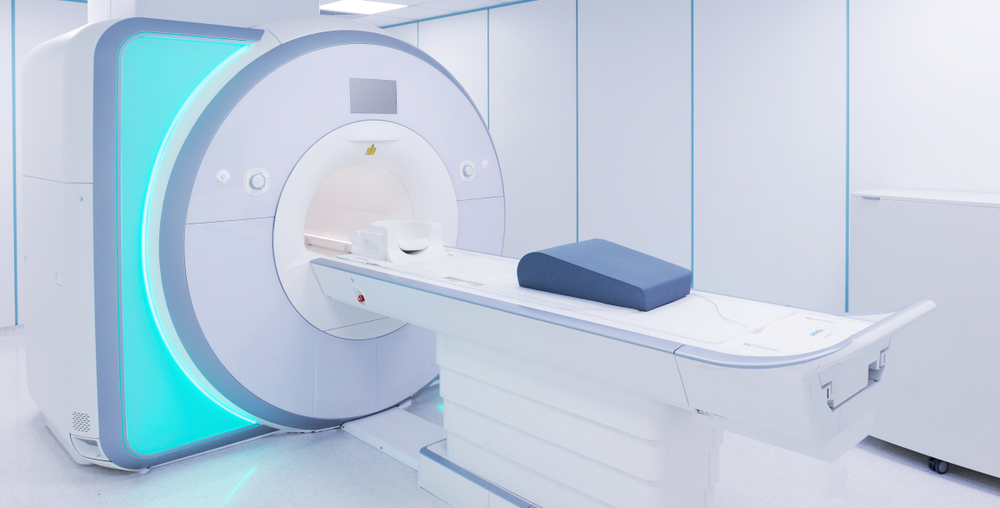
According to a study by GLOBOCAN, an estimated 268,490 males in the United States will receive a prostate cancer diagnosis in 2022. It is the second most common type of cancer in men next to colorectal cancer and the second leading cause of cancer death in the male population next to lung cancer.
The priority in diagnosing prostate cancer is to accurately assess the progression of the disease and to determine the appropriate prostate treatment. An accurate assessment allows doctors to characterize the risk of progression and avoid both undertreatment and overtreatment.
Unnecessary prostate treatment for males at low risk of progression can lead to side effects that can greatly impact their quality of life, including erectile dysfunction and incontinence. On the contrary, undertreatment leads to mismanagement of the disease and further complications.
In non-cancerous prostate conditions, the TULSA Procedure is an option with minimal side effects and risks.
How Prostate Cancer is Diagnosed
Doctors use various procedures to determine whether prostate cancer is present, including:
- Prostate-Specific Antigen (PSA) Test
- Digital Rectal Exam (DRE)
- Magnetic Resonance Imaging (MRI) Scan
- Prostate Biopsy
The goal is to identify how aggressive the cancer is, how large it is, whether it has spread into other areas, and to assess the patient’s overall condition. Diagnosing prostate cancer involves multiple procedures to get the most accurate picture possible.
What is An MRI?
Magnetic Resonance Imaging utilizes strong magnetic fields, magnetic field gradients, and radio waves to generate detailed images of the body’s organs and tissues. Today’s advanced technologies have increased the quality of the images and the accuracy of detecting where the cancer is located. MRIs can produce 3D visualization that can be viewed from different angles.
MRIs not only provide information about the prevalence and location of cancer but are also used to monitor progression and prostate treatment response. It’s common for MRIs to be combined with other prostate cancer diagnosis procedures such as a biopsy.
MRIs can help differentiate between harmless and aggressive by measuring the following:
- Tumor size and location – MRI can accurately measure the size of a prostate tumor and determine its precise location within the gland. This information helps doctors assess the potential aggressiveness of the cancer. Larger tumors or those located near critical structures may indicate a higher likelihood of aggressive behavior.
- Tumor density and enhancement – Aggressive tumors typically have higher cell density and increased blood supply compared to benign or less aggressive ones. MRI can analyze the density of the tumor cells and detect areas of increased blood flow or enhancement using contrast agents. These factors can provide important clues about the aggressiveness of the cancer.
- Gleason score correlation – The Gleason score is a grading system used to assess the aggressiveness of prostate cancer based on the microscopic appearance of the tumor cells. MRI findings, such as tumor size, shape, and location, can be correlated with the Gleason score to help determine the aggressiveness of the cancer.
Measuring the Accuracy of an MRI in Prostate Cancer Diagnosis
To measure the accuracy of an MRI in detecting prostate cancer, studies are completed in contrast to another prostate cancer diagnosis procedure. In a study comparing the accuracy of an MRI scan to a biopsy, an MRI scan correctly diagnosed 93%, whereas a biopsy correctly diagnosed 48% of the patients observed. In a study involving 2,582 patients, MRIs:
- Improved the detection of clinically significant prostate cancer by 57% when compared to a biopsy.
- Reduced the number of biopsy procedures by 33%.
- Reduced the number of core biopsies by 77%.
- It’s important to note that an MRI does not replace a biopsy but is an ideal augment that can help doctors provide a more accurate diagnosis.
Blog posts from Profound Medical are for general information only. The content should not be considered medical advice. If you are in need of professional medical advice or assistance, please reach out to your local doctor or clinic.
Aug 5, 2022 | TULSA Procedure
